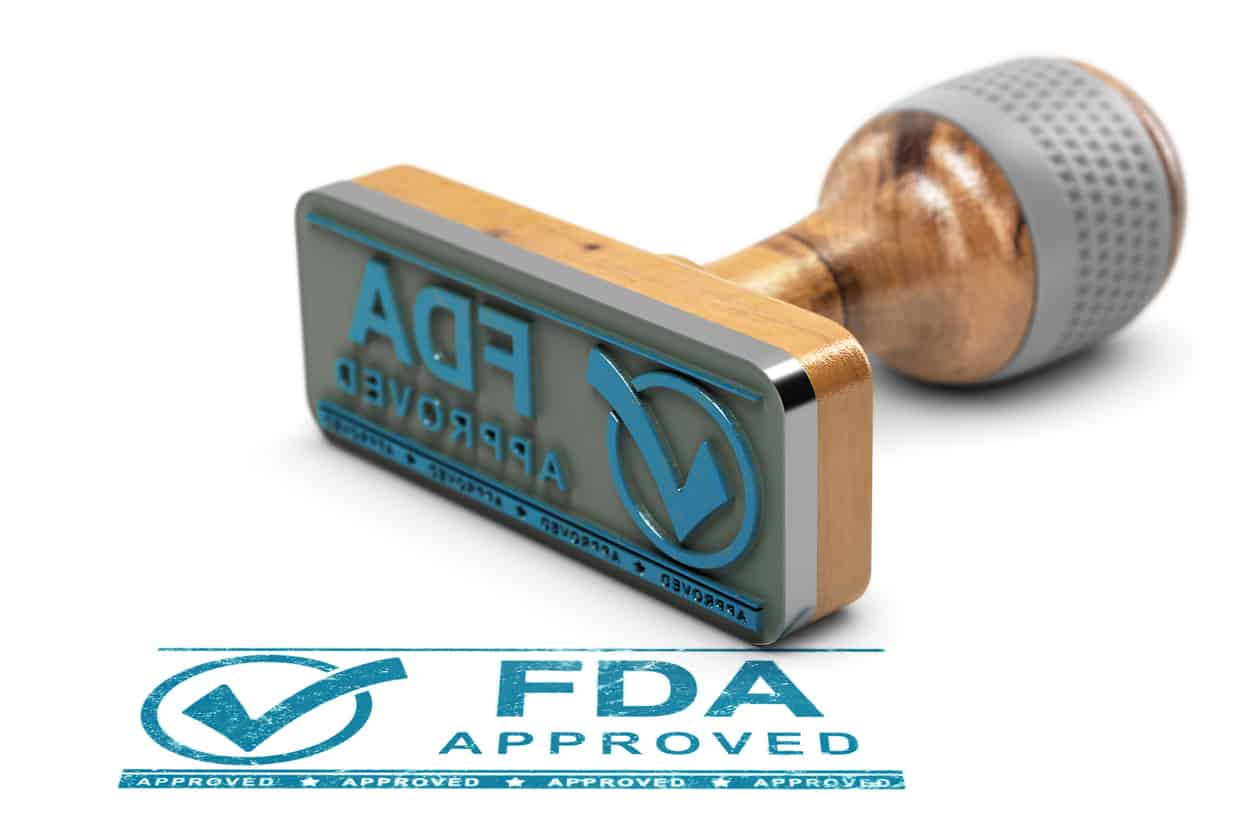FDA Announces New Rules for Controversial 510(k) Clearance Process

The FDA has strict safety testing requirements for pharmaceutical drugs. Medications must be put through a series of clinical trials before they can be approved to be sold in the United States. You may think that the FDA has similar testing requirements for medical devices. The answer may surprise you.
While rigid testing requirements for medical devices do exist, many companies are able to skip important safety testing procedures. How? By taking advantage of the FDA’s 510(k) clearance process.
What is the FDA’s 510(k) Clearance Process?
Here’s a basic overview of how the 510(k) process works. A company designs a new medical device. Rather than testing that device to make sure it’s safe, the company simply states that it is “substantially equivalent” to a product that’s already been sold in the United States. The manufacturer must attest to the fact that their device is just as safe, if not safer, than that existing product.
Patients Are the Test Subjects Thanks to the 510(k) Process
Unfortunately, the 510(k) process is extremely problematic. Many defective and dangerous medical devices sold in the United States over the past few decades – including hernia mesh, IVC filters, and metal on metal hip implants – are products of the clearance process.
Just because a device is legally marketed in the country doesn’t mean that it’s safe. That old product may never have undergone extensive safety testing, either. It may also have benefitted from the 510(k) process. Basing a new device on an existing device doesn’t guarantee that it will be safe for patients to use.
Since there is little-to-no pre-market testing, dangers and risks associated with a device often aren’t discovered until patients suffer. By then, a dangerous device could have been implanted or used to treat tens of thousands of patients.
FDA Acknowledges Issues Inherent in 510(k) Process
The FDA has remained adamant that it “cannot always know the full extent of the benefits and risks of a device before it reaches the market.” However, over the past few years, the FDA has begun to acknowledge that dangerous products have been marketed and sold to patients because of the 510(k) process.
It has made some efforts to modify procedural rules in some situations. For example, the agency now requires human testing if a device’s failure would be “obviously life-threatening.”
Unfortunately, these minor procedural changes do very little. Since products that take advantage of 510(k) aren’t tested before they’re sold, associated risks are unknown at the time of application. A company may only learn that a device failure is life-threatening after the device has already been marketed to patients. The device is technically tested on humans, but not in the way that the FDA had envisioned.
FDA Introduces New 510(k) Rules
Every year, tens of thousands of patients report adverse health events to the FDA that are associated with medical devices. At the same time, there’s been a steady increase in the number of product liability lawsuits filed against medical device manufacturers in the United States. Many of these lawsuits involve devices that have benefited from the 510(k) process.
Now the FDA has announced that it will be tightening some of its regulatory and procedural requirements. Companies wishing to secure 510(k) approval may be required to jump through a few additional hoops. The agency hopes that its new changes will encourage companies to design safe devices and test, when appropriate.
Time Limit: Under the current 510(k) regulations, there’s no limit to how far back a device manufacturer can reach to find a device that is “substantially similar” to its new device. Under the new rules, 510(k) applications must be based on a product that is no more than 10 years old.
Performance Monitoring: Right now, the FDA relies on companies, doctors, and patients to report side effects and adverse health events associated with medical devices. Under the new 510(k) rules, the agency would assume more responsibility for monitoring the market and device safety.
Name Change: The FDA is also considering changing the name from “510(k)” to “Safety and Performance Based Pathway.” The name change may simply be a PR stunt, or a signal that the agency is preparing a more thorough overhaul of the process.
Time will tell whether or not these minor changes impact the prevalence of defective medical devices on the market.
